Gus14
Civil/Environmental
- Mar 21, 2020
- 194
My boss wants a pedestrian truss like shown in the attached picture to support 6 meters long floor beams {W 5*16). He wants the pedestrian bridge because it can serve as a hand rail and not decrease floor clear height. I did the analysis and found that the maximum axial load in the top chord 100 kn in comp and in the bottom chord 100 kn in tension. I chose section HSS (2*2*3/16) for top, bottom chords, diagonal and verticals FY IS 50 ksi. After revising the AASHTO GUIDES for pedestrian bridge i found that I need to weld another ( HSS 2*2*3/16 ) to prevent top chord buckling and be conservative.
1) in the ASSHTO guides stats the following : the connection to the floor beam to the vertical shall not include the HSS chord member, i.e. the vertical and the floor beam shall not be connected to different sides of the HSS chord.
SO WHERE SHOULD I PUT THE BOTTOM CHORD IS IT POSSIBLE TO PUT IT ON TOP OF THE FLOOR BEAMS AND HOW FROM THE INSIDE OR OUTSIDE or in between verticals ?
2) I really have no idea how to design the gusset plate connection any simple reference would be very appreciated. And any conservative answer is also welcomed.
1) in the ASSHTO guides stats the following : the connection to the floor beam to the vertical shall not include the HSS chord member, i.e. the vertical and the floor beam shall not be connected to different sides of the HSS chord.
SO WHERE SHOULD I PUT THE BOTTOM CHORD IS IT POSSIBLE TO PUT IT ON TOP OF THE FLOOR BEAMS AND HOW FROM THE INSIDE OR OUTSIDE or in between verticals ?
2) I really have no idea how to design the gusset plate connection any simple reference would be very appreciated. And any conservative answer is also welcomed.

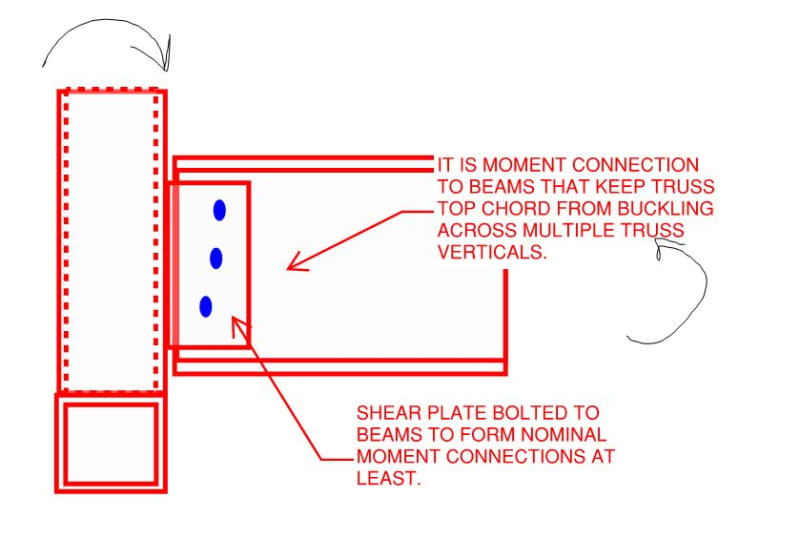
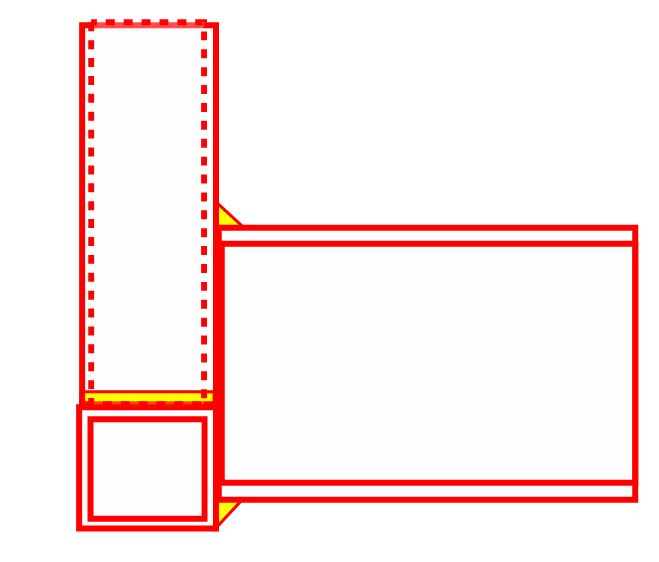
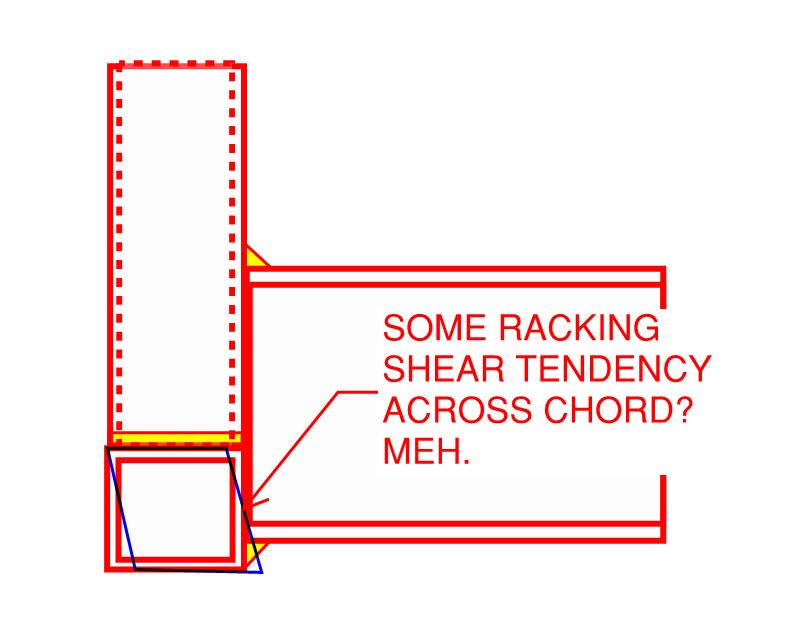
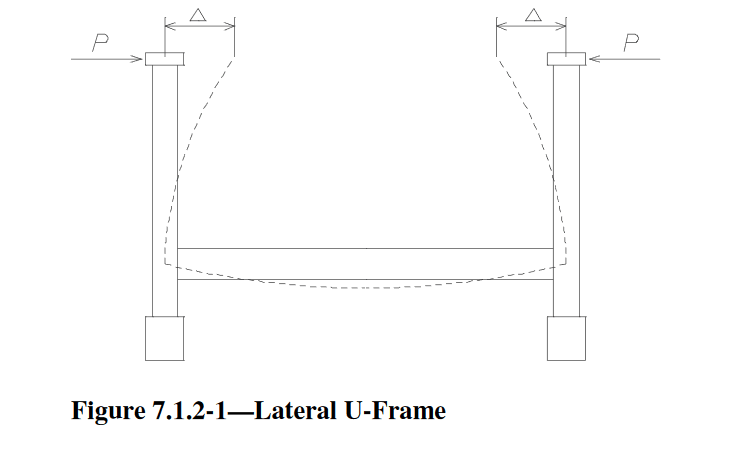
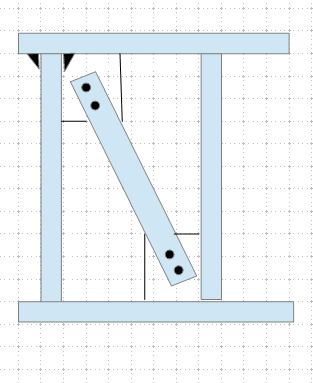
![[upsidedown] [upsidedown] [upsidedown]](/data/assets/smilies/upsidedown.gif)